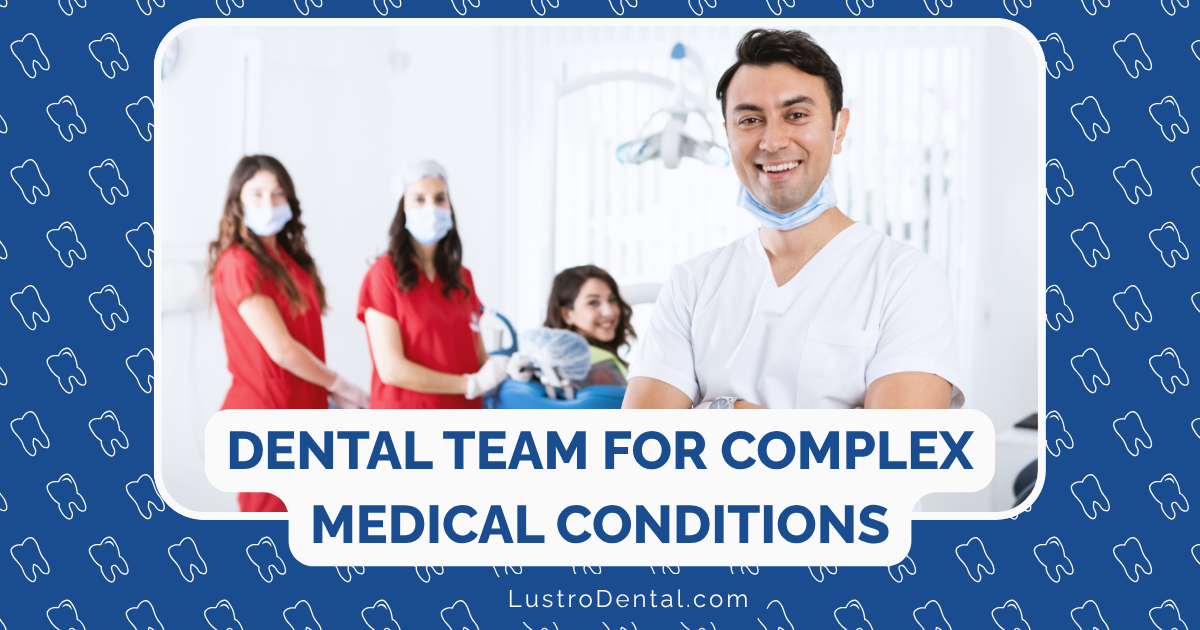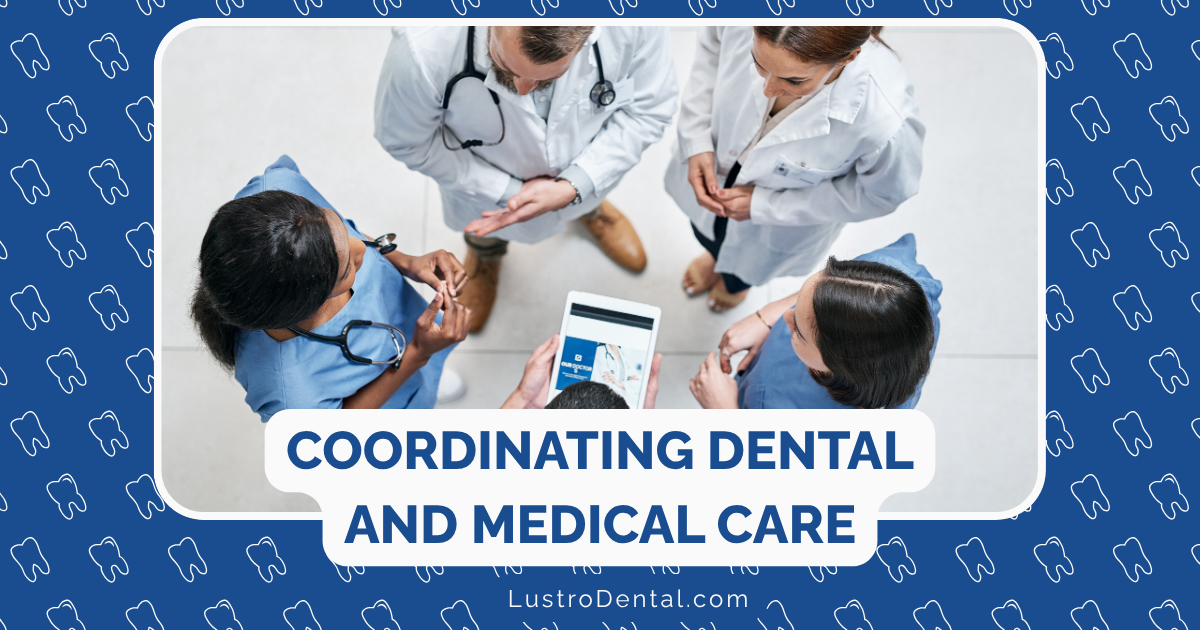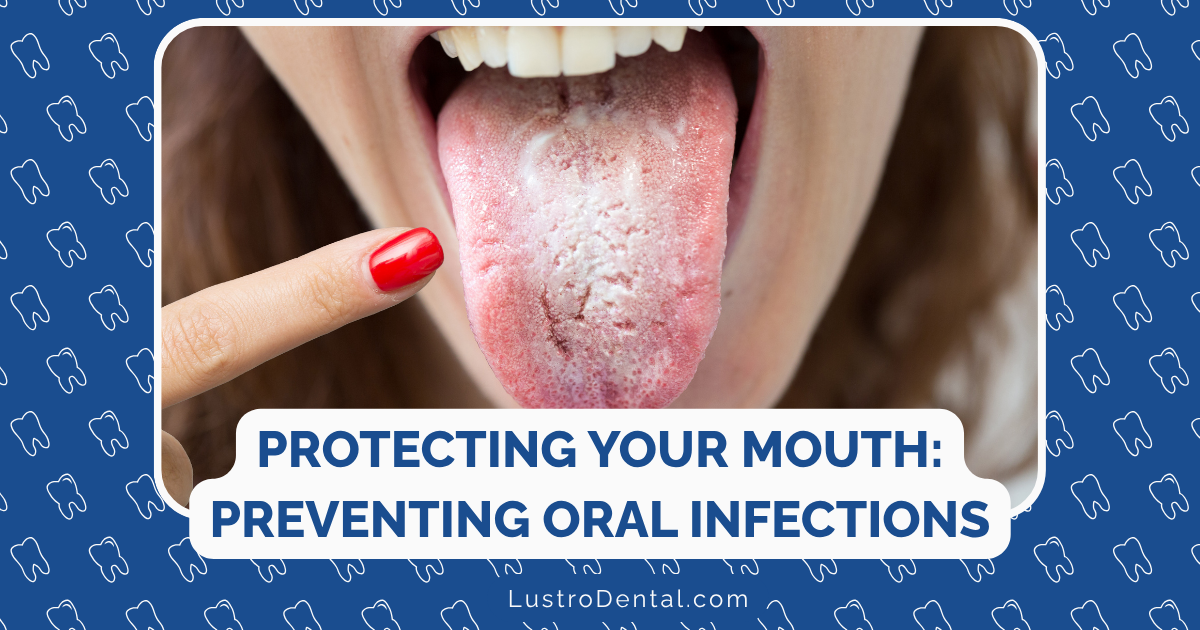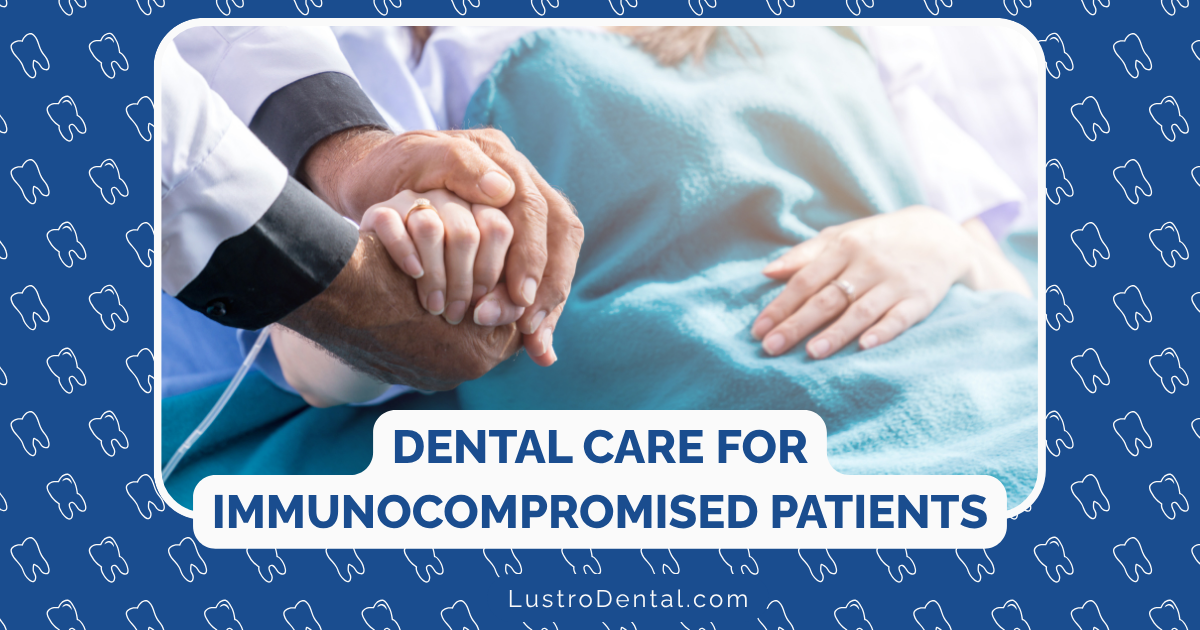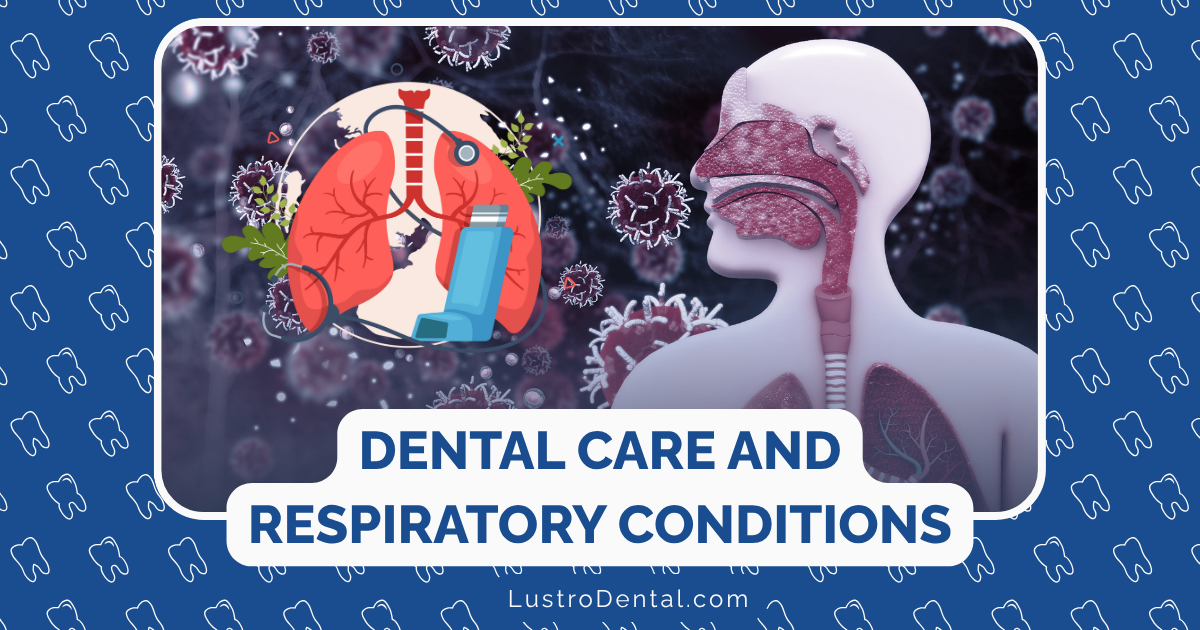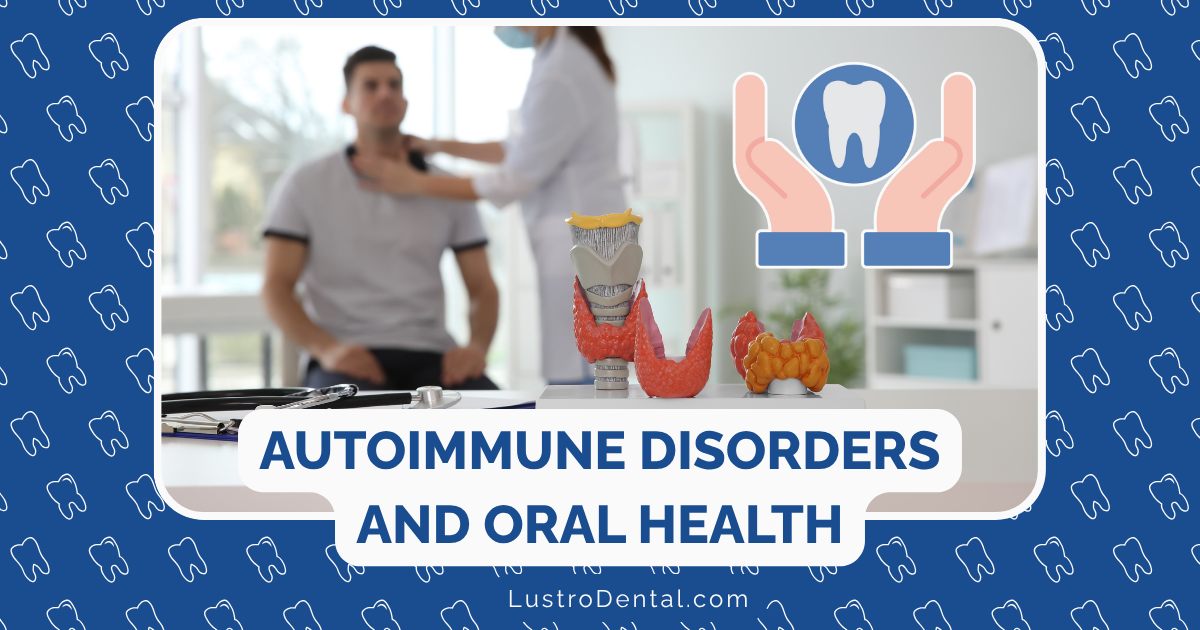Special Home Care Considerations for Immunocompromised Patients

For most people, routine dental care is a straightforward part of daily life. But for those with compromised immune systems, even basic oral hygiene practices can present unique challenges and risks. As a dental professional who has worked with immunocompromised patients for years, I’ve seen firsthand how proper home care can make a profound difference in both oral health outcomes and overall wellbeing.
Immunocompromised individuals—whether due to medical conditions, treatments, or genetic factors—face an elevated risk of infections that can begin in the mouth and potentially spread throughout the body. What might be a minor gum infection for someone with a healthy immune system can become a serious, even life-threatening situation for those who are immunocompromised.
In this comprehensive guide, we’ll explore practical, evidence-based strategies for helping immunocompromised patients maintain optimal oral health at home, reducing their risk of complications while empowering them to take control of their dental care.
Understanding Immunocompromised Status in Dental Care
Before diving into specific recommendations, it’s important to understand what it means to be immunocompromised and how it affects dental health.
Who Is Considered Immunocompromised?
Patients may be immunocompromised due to:
- Medical conditions: HIV/AIDS, leukemia, lymphoma, multiple myeloma
- Medical treatments: Chemotherapy, radiation therapy, organ or bone marrow transplantation
- Medications: Corticosteroids, biologics, disease-modifying antirheumatic drugs (DMARDs), anti-rejection drugs
- Genetic disorders: Severe combined immunodeficiency (SCID), DiGeorge syndrome
- Age-related factors: Very young children with undeveloped immune systems or elderly patients with weakened immunity
How Immunocompromised Status Affects Oral Health
When the immune system is compromised, several oral health implications emerge:
- Increased susceptibility to infections: Bacterial, viral, and fungal infections can develop more easily and progress more rapidly
- Delayed healing: Tissues take longer to repair after injury or dental procedures
- Exaggerated inflammatory responses: Gum disease may progress more quickly and severely
- Medication side effects: Many immunosuppressive drugs cause dry mouth, increasing cavity risk
- Potential for systemic spread: Oral infections can more easily enter the bloodstream and affect other body systems
According to research published in the Journal of the American Dental Association, immunocompromised patients are up to three times more likely to develop serious complications from routine oral infections compared to immunocompetent individuals. This underscores the critical importance of meticulous home care.
Essential Home Care Practices for Immunocompromised Patients
1. Specialized Toothbrushing Techniques
Recommended equipment:
- Ultra-soft bristled toothbrush: Reduces the risk of tissue trauma and bleeding
- Electric toothbrush with pressure sensor: Helps prevent excessive force that could damage tissues
- Antimicrobial toothpaste: Provides additional protection against bacterial growth
Technique modifications:
- Brush at least twice daily for a full two minutes
- Use gentle, circular motions rather than aggressive scrubbing
- Pay special attention to the gumline where bacteria accumulate
- Replace toothbrushes every 4-6 weeks (more frequently than the standard 3 months)
- Clean and disinfect electric toothbrush heads weekly
Special considerations: For patients with extremely low white blood cell counts (neutropenia), the American Academy of Oral Medicine recommends using disposable foam brushes during periods of severe immunosuppression to further reduce infection risk.
2. Interdental Cleaning Adaptations
Recommended approaches:
- Waxed floss: Reduces the risk of tissue trauma compared to unwaxed varieties
- Floss holders: Make the process easier and reduce the chance of cutting gums
- Water flossers on low settings: Provide effective cleaning with minimal trauma risk
- Interdental brushes: For larger spaces, choose ones with coated wires to prevent tissue injury
Technique modifications:
- Floss gently once daily, using a C-shape around each tooth
- If bleeding occurs, don’t stop flossing but use gentler technique
- Rinse with antimicrobial mouthwash after flossing
- For water flossers, use warm water with a small amount of alcohol-free antimicrobial rinse
For patients undergoing cancer treatment, the American Dental Association recommends daily interdental cleaning using atraumatic techniques such as waxed floss or dental tape to maintain gum health without causing tissue damage.
3. Managing Dry Mouth (Xerostomia)
Dry mouth is exceptionally common in immunocompromised patients, either as a direct result of their condition or as a side effect of medications. This significantly increases cavity risk and can lead to oral discomfort.
Hydration strategies:
- Sip water frequently throughout the day
- Use a humidifier at night
- Avoid caffeine, alcohol, and tobacco which worsen dry mouth
- Try sugar-free lozenges or gum with xylitol to stimulate saliva
Specialized products:
- Alcohol-free moisturizing mouth sprays
- Saliva substitutes with carboxymethylcellulose or hydroxyethylcellulose
- Over-the-counter dry mouth gels applied before bedtime
- Prescription-strength saliva stimulants for severe cases
Dietary considerations:
- Avoid acidic, spicy, or salty foods that can irritate dry tissues
- Choose soft, moist foods that require less saliva for chewing
- Use sauces and gravies to make swallowing easier
- Drink water with meals to aid in chewing and swallowing
A 2023 study in the Journal of Dental Research found that consistent management of xerostomia in immunocompromised patients reduced their cavity rate by 43% compared to those who did not address dry mouth symptoms.
4. Enhanced Fluoride Protocols
Immunocompromised patients benefit from additional fluoride protection to prevent cavities, especially those with dry mouth.
Daily home fluoride regimen:
- Prescription-strength fluoride toothpaste (5000 ppm)
- Fluoride rinses used at a different time than brushing for maximum benefit
- Custom fluoride trays for applying high-concentration fluoride gel
Application technique:
- Apply prescription fluoride gel to custom trays for 4 minutes daily
- After application, spit out excess but don’t rinse, eat, or drink for 30 minutes
- For those without custom trays, brush with high-fluoride toothpaste before bed, then spit excess without rinsing
Frequency considerations:
- For severely immunocompromised patients or those with active decay, twice-daily fluoride applications may be recommended
- Adjust concentration based on cavity risk and severity of immunosuppression
The American Academy of Pediatric Dentistry emphasizes that preventive strategies including fluoride application are crucial for immunocompromised patients, particularly children undergoing cancer treatment.
5. Antimicrobial Rinses and Protocols
Strategic use of antimicrobial rinses can help control oral bacteria and reduce infection risk.
Recommended products:
- Chlorhexidine gluconate (0.12%) rinse (by prescription)
- Alcohol-free essential oil mouth rinses
- Sodium bicarbonate solutions (1 teaspoon baking soda in 8 oz water)
- Saline rinses (0.9% salt solution)
Usage guidelines:
- Use chlorhexidine as directed by your dentist (typically twice daily for 30 seconds)
- For long-term use, alternate between different rinses to prevent issues like staining
- Rinse after meals to remove food debris
- For severe immunosuppression, rinse before and after brushing
Important cautions:
- Avoid alcohol-containing rinses which can dry and irritate tissues
- Discontinue chlorhexidine if tissue sensitivity develops
- Don’t use hydrogen peroxide rinses without specific professional guidance
- Rinse with plain water after using medicated solutions
A clinical trial published in Supportive Care in Cancer demonstrated that immunocompromised patients who used chlorhexidine rinses experienced 62% fewer oral infections compared to those using placebo rinses.
Special Considerations for Different Types of Immunocompromised Patients
Patients Undergoing Chemotherapy or Radiation
These patients face unique challenges including mucositis (painful inflammation and ulceration of the mouth lining), extreme dry mouth, and taste changes.
Specialized home care:
- Ultra-soft brushing with warm water when mucositis is present
- Salt and baking soda rinses (1/4 teaspoon of each in 1 cup of warm water) to soothe irritated tissues
- Frequent application of water-based lip balm to prevent cracking
- Bland, non-acidic diet to minimize oral discomfort
- Medication adherence for prescribed pain management
Timing considerations:
- Coordinate intensive oral hygiene with medication schedules for maximum comfort
- Perform gentle oral care every 4 hours during waking hours during active treatment
- Pay special attention to oral care after vomiting episodes
Transplant Recipients
Organ and bone marrow transplant recipients take powerful immunosuppressants to prevent rejection, making them particularly vulnerable to opportunistic infections.
Specialized home care:
- Rigorous infection control for all oral care tools
- Daily monitoring for early signs of oral infection or graft-versus-host disease
- Strict adherence to fluoride protocols
- Regular use of prescribed antifungal rinses or lozenges
- Immediate reporting of any oral changes to the transplant team
Long-term considerations:
- Lifelong vigilance as immunosuppression may be permanent
- Regular professional dental care coordinated with the transplant team
- Possible need for antibiotic prophylaxis before dental procedures
HIV/AIDS Patients
While modern antiretroviral therapy has dramatically improved immune function for many HIV patients, oral manifestations remain common.
Specialized home care:
- Vigilant monitoring for early signs of candidiasis (thrush)
- Regular use of antifungal rinses when CD4 counts are low
- Extra attention to periodontal health to prevent aggressive gum disease
- Adaptation of care based on current viral load and CD4 count
- Management of medication-related dry mouth
Important note: According to guidelines from the College of Dentistry Clinical Operations, dental care can be provided regardless of CD4 levels, but home care protocols may need adjustment based on immune status.
Patients with Autoimmune Disorders on Biologics
Biologic medications like TNF inhibitors provide excellent control of conditions like rheumatoid arthritis but can increase infection susceptibility.
Specialized home care:
- Regular self-examination for oral ulcers or unusual lesions
- Careful technique to avoid tissue trauma during cleaning
- Coordination of intensive dental care with medication cycles
- Possible temporary enhancement of antimicrobial protocols before injections
The 2025 Winter Meeting of the American Academy of Oral Medicine highlights that biologics used for rheumatologic conditions present specific risks compared to traditional DMARDs and corticosteroids, requiring tailored oral care approaches.
Creating an Effective Home Care Routine
Sample Daily Protocol for Severely Immunocompromised Patients
Morning:
- Rinse with salt water solution
- Brush gently with ultra-soft brush and prescription fluoride toothpaste
- Clean between teeth with waxed floss or water flosser
- Apply prescription dry mouth gel if needed
- Rinse with prescribed antimicrobial solution
After each meal:
- Rinse with water or salt solution
- Use alcohol-free mouth spray for dry mouth
Evening:
- Rinse with salt water solution
- Brush gently with ultra-soft brush and prescription fluoride toothpaste
- Clean between teeth with waxed floss or water flosser
- Apply prescription fluoride gel in custom trays for 4 minutes
- Apply dry mouth gel before sleep
Weekly maintenance:
- Disinfect toothbrush by soaking in antimicrobial mouthwash
- Replace interdental brushes or floss picks
- Check oral tissues for any changes using a mirror and good lighting
Customizing Care Based on Immune Status
It’s important to recognize that immunocompromised status isn’t static—it can fluctuate based on treatment phases, medication changes, or disease progression. Home care should be adapted accordingly.
During periods of severe immunosuppression:
- Increase brushing frequency to after each meal
- Use disposable oral care products when possible
- Enhance antimicrobial rinse protocol
- Monitor oral tissues daily for changes
During periods of improved immune function:
- Maintain vigilance but return to twice-daily brushing
- Continue interdental cleaning and fluoride protocols
- Reduce antimicrobial rinse frequency if directed by dentist
- Schedule professional dental care during these windows
Monitoring and Responding to Oral Changes
Warning Signs That Require Professional Attention
Immunocompromised patients and their caregivers should be vigilant for these concerning symptoms:
- White or yellow patches that don’t wipe away (possible fungal infection)
- Ulcers that don’t heal within 7-10 days
- Bleeding that doesn’t stop with gentle pressure
- Swelling of the face, gums, or lymph nodes
- Pain that isn’t controlled with over-the-counter medication
- Loose teeth or changes in how teeth fit together
- Difficulty swallowing or speaking
- Fever in combination with any oral symptoms
According to the College of Dental Hygienists of Ontario, fever is a critical warning sign in immunocompromised patients and often indicates infection that requires immediate attention.
Documentation and Communication
Maintaining detailed records helps both patients and their healthcare team:
- Keep a daily oral care log noting any changes or symptoms
- Take photos of concerning areas to share with healthcare providers
- Document which home care strategies are most effective
- Track medication changes that might affect oral health
- Bring this information to all dental and medical appointments
Empowering Caregivers
For severely immunocompromised patients who cannot perform their own oral care, caregivers play a vital role.
Training for Caregivers
Proper technique is essential for both effectiveness and patient comfort:
- Position the patient comfortably with head slightly elevated
- Use good lighting and wear gloves
- Apply gentle, systematic cleaning of all tooth surfaces
- Pay special attention to the gumline and between teeth
- Be thorough but gentle when cleaning the tongue
- Provide frequent sips of water during and after care
Emotional Considerations
Oral care can be uncomfortable or embarrassing for patients. Caregivers should:
- Explain each step before performing it
- Provide privacy and maintain dignity
- Be patient and allow breaks as needed
- Offer positive reinforcement
- Recognize that oral care may trigger nausea or discomfort
- Adapt techniques based on patient feedback
Coordinating Home Care with Professional Dental Treatment
Pre-Treatment Considerations
Before seeking professional dental care, immunocompromised patients should:
- Consult with their physician about current immune status
- Determine if antibiotic prophylaxis is needed
- Schedule appointments during periods of optimal immune function when possible
- Bring complete medication lists and recent laboratory results
- Inform the dental office of their immunocompromised status when scheduling
Post-Treatment Home Care Modifications
After dental procedures, home care may need temporary adjustment:
- Increase salt water rinses to 4-6 times daily for the first 48 hours
- Avoid the surgical area when brushing but clean all other areas
- Use prescribed antimicrobial rinses as directed
- Monitor for signs of infection more frequently
- Follow any specific post-operative instructions precisely
Nutritional Considerations for Oral Health
Diet plays a crucial role in maintaining oral health for immunocompromised patients.
Foods to Emphasize
- Protein-rich foods: Support tissue healing and immune function
- Calcium and vitamin D sources: Strengthen teeth and bones
- Vitamin C-rich foods: Support gum health and collagen production
- Crunchy vegetables: Stimulate saliva and naturally clean teeth
- Probiotic foods: May help maintain a healthy oral microbiome
Foods to Limit or Avoid
- Sugary foods and beverages: Increase cavity risk, especially with dry mouth
- Acidic foods and drinks: Can erode enamel and irritate sensitive tissues
- Very hard or sticky foods: May damage compromised tissues
- Alcohol: Dries oral tissues and can interact with medications
- Spicy foods: May irritate sensitive or ulcerated tissues
Eating Strategies
- Consume small, frequent meals if eating is difficult
- Stay well-hydrated with water
- Rinse with water after eating when brushing isn’t possible
- Use a straw for acidic or sugary beverages to minimize tooth contact
- Allow hot foods to cool slightly to prevent tissue irritation
Psychological Aspects of Oral Care for Immunocompromised Patients
The psychological burden of managing complex health needs can impact oral care adherence.
Addressing Anxiety and Depression
- Acknowledge that oral care may feel overwhelming among other health concerns
- Break down complex routines into manageable steps
- Use positive reinforcement for adherence
- Consider mindfulness techniques during oral care routines
- Seek support from mental health professionals when needed
Building Sustainable Habits
- Connect oral care to existing daily routines
- Use smartphone reminders or apps to track care
- Create visual guides for complex protocols
- Celebrate improvements in oral health
- Focus on how good oral health supports overall wellbeing
Conclusion: A Personalized Approach to Home Care
There is no one-size-fits-all approach to oral care for immunocompromised patients. The strategies outlined in this guide should be customized based on:
- The specific cause and severity of immunosuppression
- Current oral health status
- Manual dexterity and ability to perform self-care
- Available caregiver support
- Access to dental products and professional care
By working closely with both dental and medical providers, immunocompromised patients can develop personalized home care routines that protect their oral health while accommodating their unique needs and challenges.
Remember that consistent, thorough home care is not just about preventing dental problems—it’s an essential component of protecting overall health for those with compromised immune systems. Small daily actions can make a profound difference in quality of life and health outcomes.


